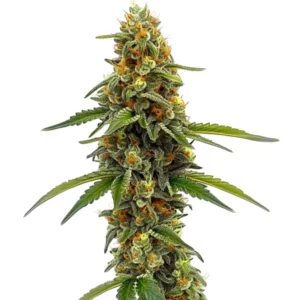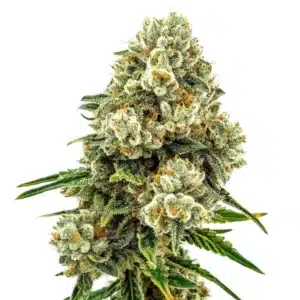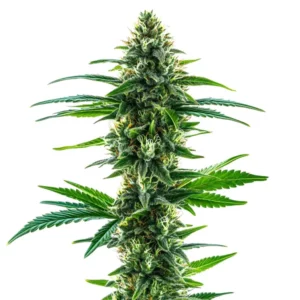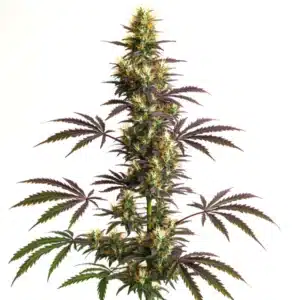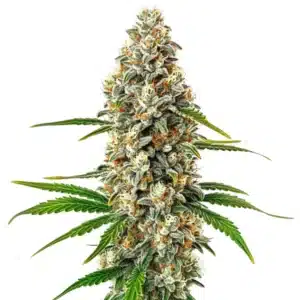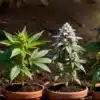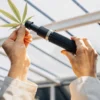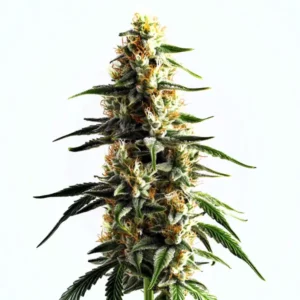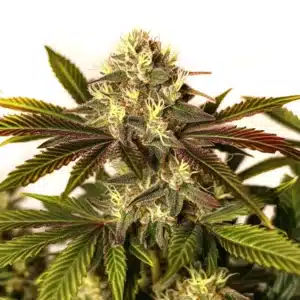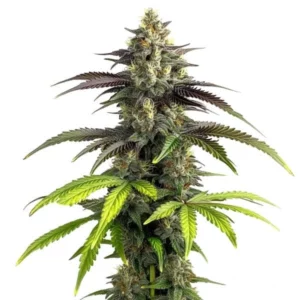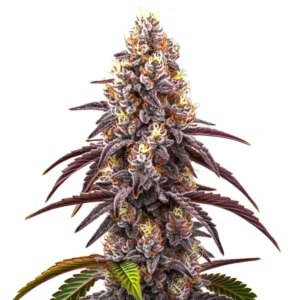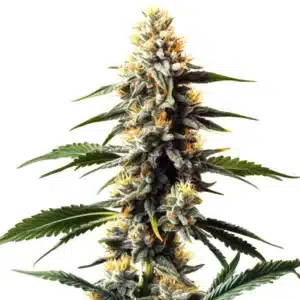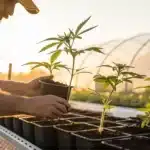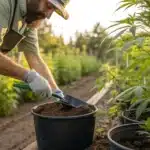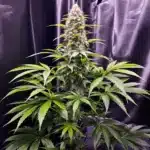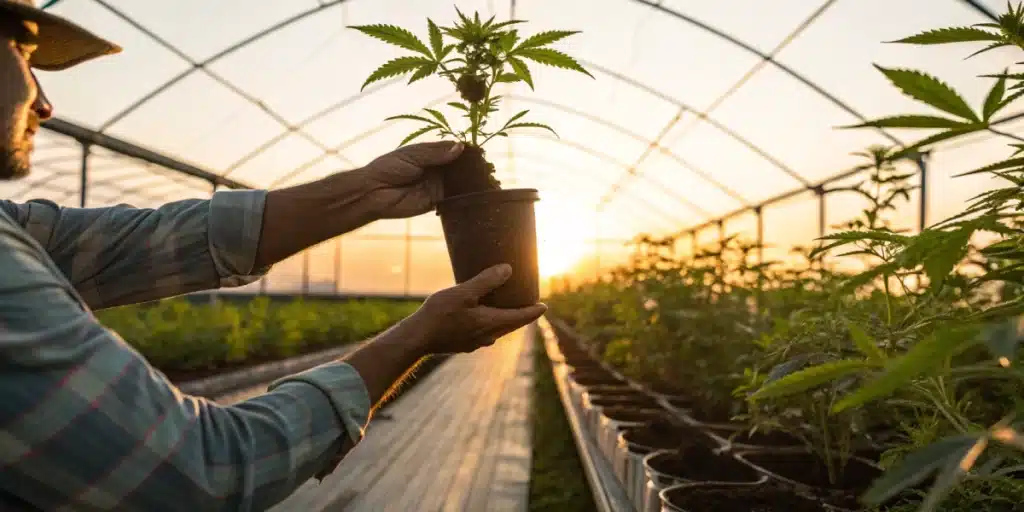
Is It Better to Transplant in the Morning or Evening?
Factors Influencing Transplant Timing
Temperature and Humidity Considerations
When you move cannabis plants, air temperature and moisture shape root success. In early hours, cooler air slows evaporation and helps fresh roots adjust. High humidity at dawn reduces water loss and eases transplant shock. On hot afternoons, heat spikes can scorch tender roots.
Maintaining steady humidity matters as much as air temperature. Transplanting when humidity sits between forty and sixty percent ensures leaves stay firm. This is especially vital for new transplants and cuttings. Until the root system is fully established, the plant absorbs a significant amount of moisture through its leaves. A humid environment is therefore crucial to keep the plant hydrated while its roots recover. Balancing these factors means choosing a window that fosters active roots without letting soil dry too fast.
Recommended Strains
ACDC (1:18)
|
|
CBD | 18% (Medium) |
|
|
Type | CBD Feminized |
|
|
Yield | Medium |
|
|
Phenotype | 50% Indica / 50% Sativa |
Acid Diesel
|
|
THC | 18% - 20% (Medium) |
|
|
Type | Feminized |
|
|
Yield | Low |
|
|
Phenotype | 60% Indica / 40% Sativa |
Plant Stress Factors
Handling disturbs roots and triggers stress responses that block nutrient uptake. If you transplant under high light, plants shut stomata to guard moisture, which limits photosynthesis and slows recovery. Conversely, gentler light reduces this response and keeps leaves active for regrowth.
Abrupt shifts in humidity or temperature compound stress. Strong winds can whip foliage and tear delicate roots, too. Selecting a time with steady conditions softens the shock and helps cannabis rewire its transport channels.
Environmental Stability
Outside factors such as wind and sudden temperature swings hurt transplant outcomes. Timing a transplant when weather forecasts show stable hours gives roots a calm start. Early morning often brings still air and gentle sunshine, while evenings deliver a peaceful fade of light.
Promos & Deals
Advantages of Morning Transplanting
Cooler Temperatures and Reduced Shock
Transplanting in the morning means cooler air and soil temperatures. Roots thrive when temperatures are mild, so early hours create a gentler start. Cooler conditions slow water loss from leaves, extending the window for roots to settle before hard sun arrives. By the time midday heat hits, plants have already begun to recover.
Better Watering and Nutrient Absorption
When you transplant in the morning, you can water immediately and let roots absorb moisture throughout daylight hours. A full day of photosynthesis then channels energy toward new root growth. Morning moves allow careful soil hydration before plants draw heavily on reserves.
Extended Daylight for Recovery
Morning transplants benefit from longer recovery time under light. Newly potted plants tap sunlight for stress relief and energy generation. That extra photoperiod speeds chlorophyll production and supports leaf expansion. Plants move carbohydrates from leaves toward root repair during daylight, and transplanting early maximizes that transport window.
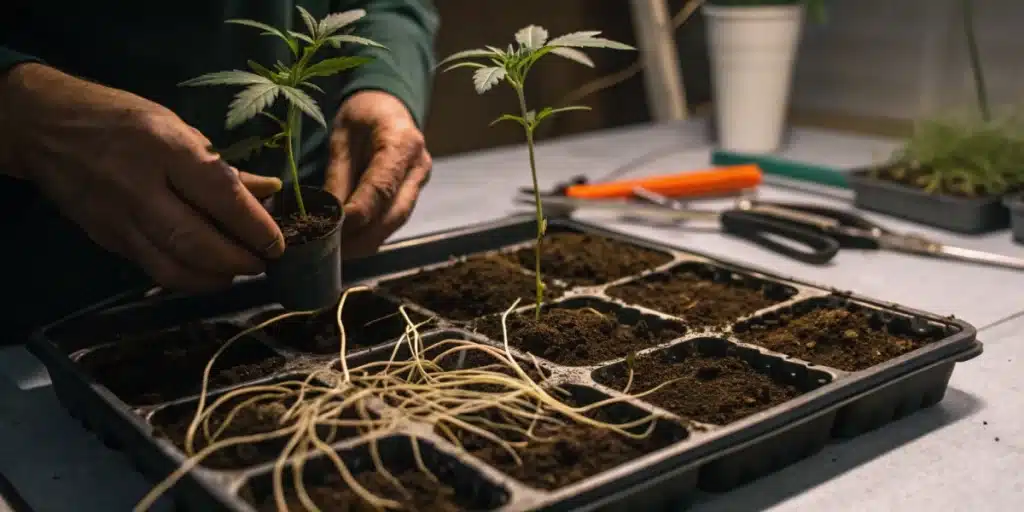
Benefits of Evening Transplanting
Reduced Evaporation Risks
Evening offers cooler soil and air, cutting evaporation right when new roots feel vulnerable. Lower temperatures slow water loss from root hairs and leaf surfaces. As darkness falls, plants sip slowly, reserving moisture for root establishment instead of rapid daytime transpiration.
Lower Light Intensity for New Roots
Transplanting in low light eases root adjustment by avoiding strong UV rays. Harsh light can heat exposed root zones and impair delicate hairs. Soft evening glow offers protection and time for roots to seal against soil pathogens. With lower light, plants can focus on root repair instead of conserving water.
Evening Calm and Reduced Stress
As air currents settle after sunset, plants face fewer gusts that jar foliage. Calm evenings cut mechanical stress and let roots anchor without interruption. Furthermore, cooler nights dial down respiration rates, so plants conserve energy for repair.
Best Practices for Transplant Timing
Pre-Transplant Preparations
Before moving cannabis plants, organize tools and soil to limit exposure time. Fill new pots with a well-draining mix, and water it lightly so it feels damp but not soggy. Next, prune any dead or yellow leaves and inspect root balls.
For outdoor growers, timing your transplant with the weather forecast is a game-changer. The best time to transplant is right before a period of several cloudy or rainy days. This provides the plant with a natural, low-stress environment to recover, shielding it from the shock of full sun and high winds.
Post-Transplant Care Guidelines
Immediately after transplanting, water evenly to settle soil and eliminate air pockets. The goal is to ensure the entire soil volume is moist, but not waterlogged. This encourages the roots to spread out and explore their new environment. For the first few days, the soil should be kept consistently damp to support the hard work the roots are doing.
Place plants in moderate light or diffused shade for twelve to twenty-four hours. Avoid feeding high-strength nutrients for at least three to five days.
Additional Timing Considerations
Beyond daily timing, some experienced growers follow biodynamic principles, such as lunar cycles. A traditional piece of wisdom is to transplant or take cuttings during the waxing moon phase (the period from new moon to full moon), as the gravitational pull is thought to encourage root growth and sap flow.
Monitoring Plant Recovery
Check plants twice daily after transplant to track leaf firmness and color. Healthy cannabis shows perked, vibrant leaves. Wilting or yellowing signals stress. Within one week, roots should spread into new soil, and true leaves will grow faster.
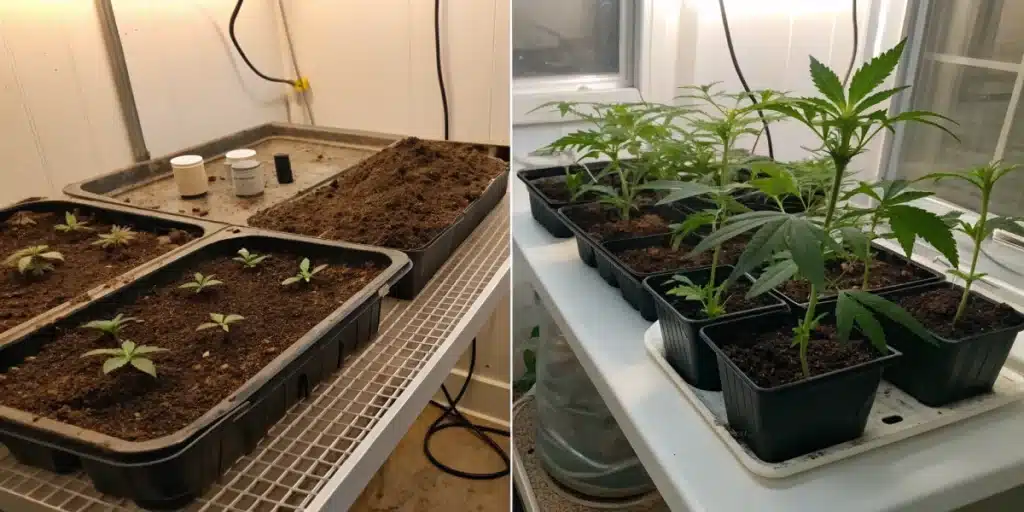
FAQs about is it better to transplant in the morning or evening
Which time reduces transplant shock more effectively?
Transplant shock stays lower when roots face mild conditions. Morning transplants benefit from cooler air and extended light, while evenings offer calm, reduced evaporation. For sensitive clones, dusk moves ease moisture loss. For robust plants, dawn moves harness active photosynthesis. Choose based on your environment and plant type.
Does temperature play a vital part in timing?
Yes, temperature governs root activity and water loss. Cooler hours slow evaporation and help roots seal quickly. If your region hits high daytime heat, avoid midday moves. Instead, aim for morning or evening when temperatures sit between fifteen and twenty‑five degrees Celsius for optimal recovery.
What precautions should be taken during transplanting?
Always hydrate plants before lifting them from pots to protect roots. Work swiftly to limit root exposure. Trim damaged roots and remove dead foliage to lower stress. After transplanting, water gently and keep plants in gentle light and stable humidity until new roots anchor firmly.


